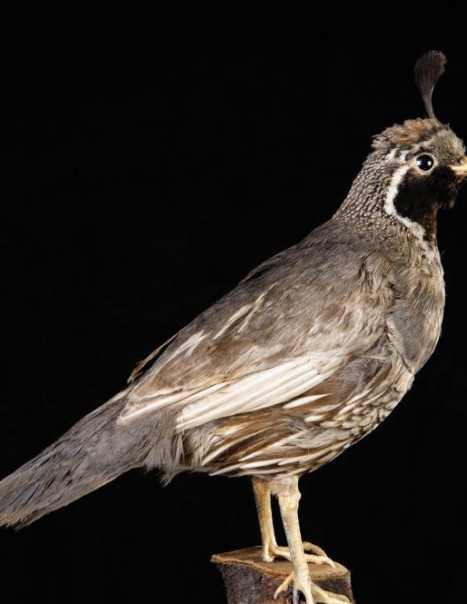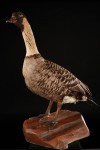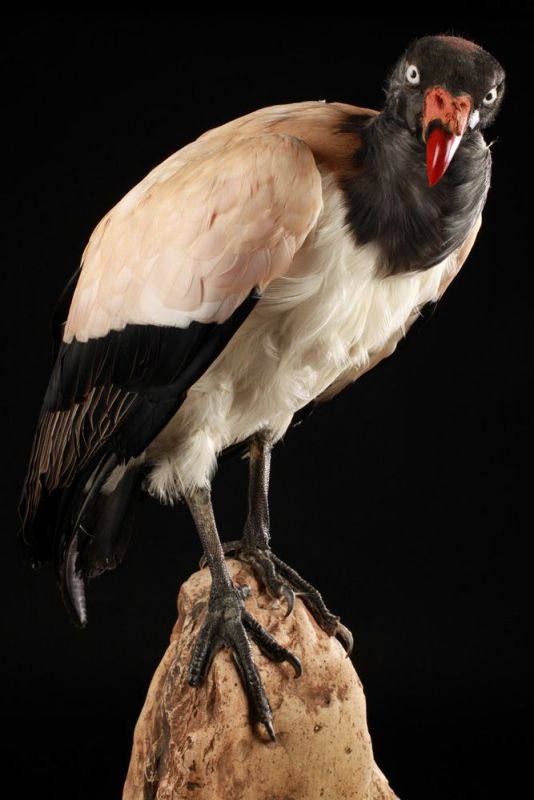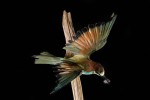California quail – Callipepla californica
California quail – Callipepla californica
This species belongs to the order Galliformes and Odontophoridae family. Eight races are known.
California quail is a plump bird with an odd tuft of feathers moving to the front of the cap. This beautiful bird is the emblem of the State of California.
It attends brush, cayons with oaks, deserts, grasslands, crops, green forests and edges, but it can also be found in other habitats such as urban parks and gardens.
It feeds on seeds and plant bulbs, Lupins, Lotus and barley. It scratches the floor and picks leaves in vegetation. It feeds on the ground where it walks or runs easily.
Birds eat and sleep in groups throughout most of the year.It seems that the species is monogamous. Males parading expose the most colorful parts of their body and their head by lowering the wings and deploying them, and adopting frontal or side postures. It takes dust baths in groups on the sunny areas. Its flight is short but supported with fast beats. Breeding season occurs from early April or May to June (north) until July or August. The nest is on the ground, lined with grass. It breeds in brushy areas and open forests. The nest is usually protected by a shrub, a tuft of grass or other vegetation. The female lays 13 to 17 eggs. Incubation lasts about 22 to 23 days, by the female. The young are reared by both parents.





